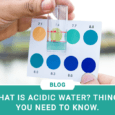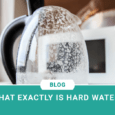Today we’re not talking about a specific product, but a system that is included in many. It’s important to know what a system does and how it works to make the decision about whether it’s good for your house or not. Reverse osmosis is in many of the filtering products that we feature on our website, so we want to explain it very thoroughly.
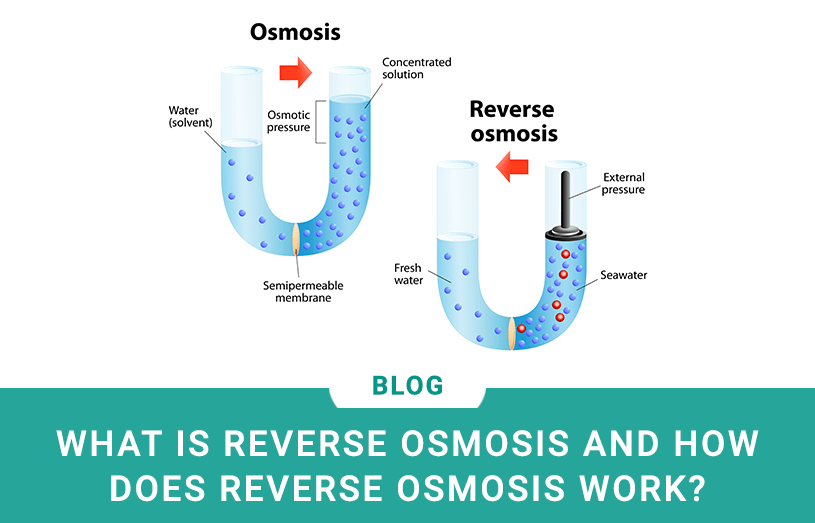
We’ll talk about the system itself and the steps of filtration that usually happen when you use reverse osmosis. After that, we’re going to discuss why it’s a good system to implement and how do you maintain it and what’s the cost of maintaining such a system.
What is a reverse osmosis system?
Let’s start with the most important information. We’re going to talk about the process of osmosis, the main part of this system. It’s a completely natural thing that happens because of the liquids themselves. After that, we’re going to let you know how reverse osmosis features regular osmosis.
What is osmosis?
Osmosis was not everyone’s best friends in biology and chemistry, was it? It’s a very natural thing to happen with all liquids, though, and the process is connected both to the characters of the liquids and to the pressure around them.
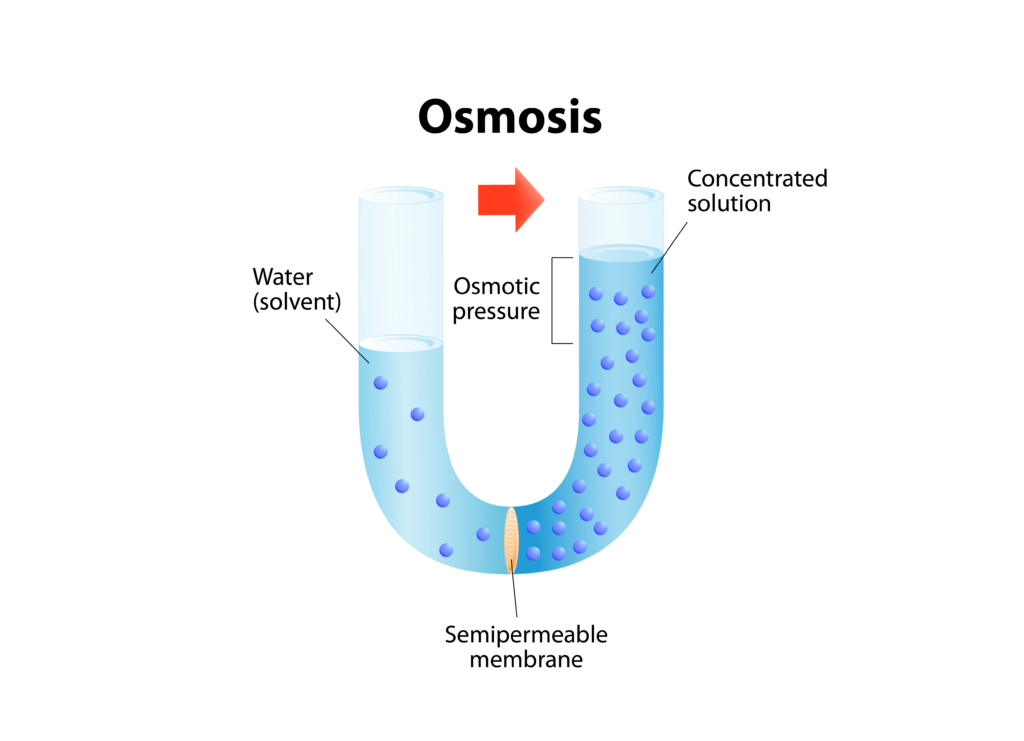
Let’s explain osmosis in an example. You have two rooms that are connected to each other with one door. The rooms will be the different liquids and the doors will be a semipermeable membrane. Let’s imagine there are people (atoms of liquids) going from one room to the other. Because it’s a semipermeable membrane, the door won’t let all of the people pass by, right?
Actually, instead of balancing the two rooms so they have the same number of „people” in them, the doors only let people from the room where there are fewer people to the room where there is more of them. Imagine they’re having a party and they need to be all in one room, gathered around.
So the end result is one room full of people (a tank full of liquid), while there is much less on the other side, and since the door only lets people (atoms of liquid) go by, the things dissolved in the liquid never get a chance to travel to the other side.
Now you’ve got clean water in one tank and a bit of the filthy one on the other. Osmosis is also referred to as passive transport because you don’t have to regulate it or put energy in. It just happens because of different concentrations on both sides. It stops once the concentrations are in balance. Keep in mind, more volume of clean water equals much less volume of water with particles that increase the concentration.
What is reverse osmosis?
Reverse osmosis is not that reverse to the original one, it’s just much more forced. The main characteristic of osmosis is that it creates a balance in concentrations, but reverse one does not. It’s actually so forced and sped up by pressure (because we want to get all of the water filtered with as little residue as possible) that the filtered one will (because of the volume) be greater in concentration.
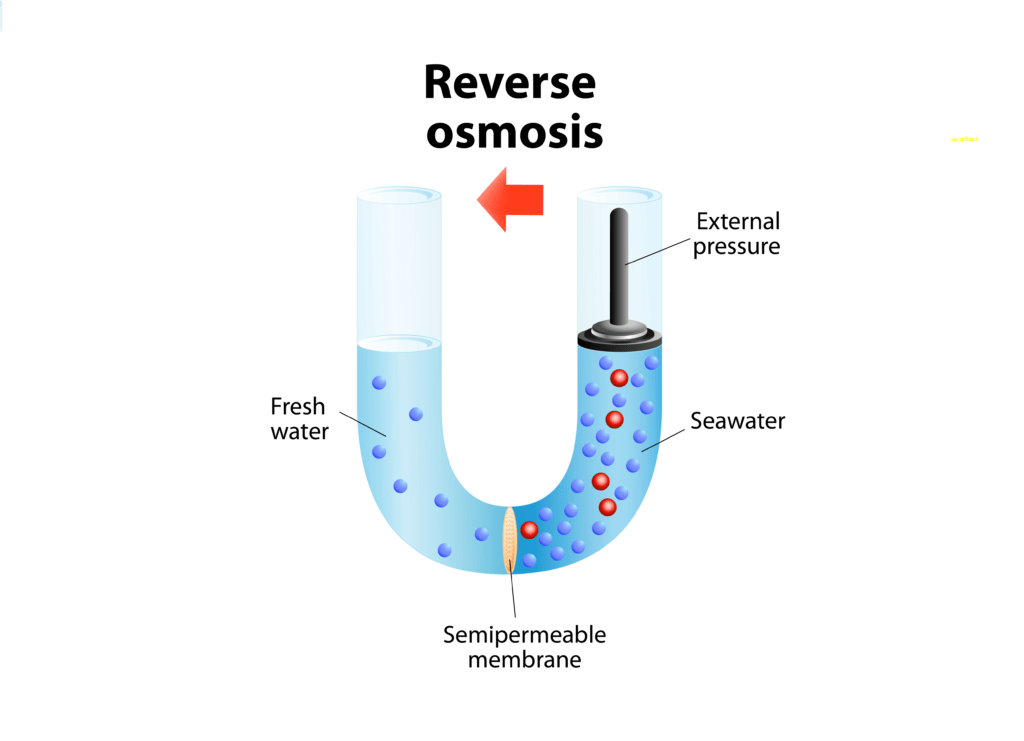
It’s not rare to see the pressure work the other way, where the contaminated water is higher in concentration than the one that is a result of filtering through the semipermeable membrane and there is still a continuous force that wants all of the water separated from the particles. You can think of this as if you were just using a sifter to separate blueberries from water it has been cleaned in.
How does reverse osmosis work – in detail?
Okay, you’ve heard about the general ideas of osmosis and reverse osmosis. Let’s now go more in detail so you understand how these machines implement the system. We’ll discuss the steps and then the membrane that literally does all of the jobs!
What are the steps of reverse osmosis filtration?
Usually, there are 4 main parts to the filtering process (that features reverse osmosis, of course). We’ll go through each one and explain the functions of it. You’ll soon realize that reverse osmosis is actually just one step out of these 4.
1) Pre-filtering
Before the actual process begins, the water is pushed in through a bigger, rougher filter by the pressure that’s around it. These filter won’t filter the fine particles that you’re afraid of, it’s just preparing the water to go through the process by removing dirt, sand, rust and more. These will just slow down the reverse osmosis and damage the fine filters, so that’s why they’re removed so early.
After this, we have one more step that prepares the water for the main step of the process (step 2). The liquid goes through a filter made from activated carbon and it gets rid of excess minerals and elements like chlorine, copper, possible pesticides and herbicides. All of these are a health concern but are bigger particles as well.
2) Reverse osmosis
Water is still under pressure and it’s pushed into a semipermeable membrane. Now we’re getting rid of the miniature particles that bother us. And yes, this is reverse osmosis. How small are the particles? Well, your hair is 100 microns wide, and most systems can filter up to 1-2 microns wide.
3) Draining
Slowly and carefully, the water moves and starts to travel to the storage where it can be used. In real life, the process is not really slow, but the pressure is much smaller so it’s slower than in the two initial stages.
4) Storing
Now the water is near the faucet and usually goes through final filtering to remove odors and tastes. After that, it’s completely safe to use and you can be sure that it’s going to benefit both you and your family.
How does a reverse osmosis membrane work?
We already said that the main star of this process is the semipermeable membrane, and that’s why we think that devoting a few more minutes to it may be a very good choice.
The membrane works by allowing some of the atoms/particles to pass but rejects others. Remember the doors that let someone in, but not out? Another great example may be the nets you put up on your windows in summer, so you don’t let mosquitos in. Air goes by, mosquitos and other bugs don’t.
When it comes to pure science, the membrane lets water by, but traps salts, organic compounds, bacteria and more. The pressure that is applied needs to be greater than the osmotic pressure that’s calculated with some chemistry formulas.
Why is reverse osmosis a good water filtration option?
Now that you know more about reverse osmosis, you may be interested in the system itself. We’re going to list some of the reasons as to why you should get a reverse osmosis filtering system. After that, we’ll discuss contaminants in your water and let you know what you’re getting rid of once you
- Good for the environment. It speeds up the natural process of recycling water and doesn’t make any waste, because the pressure pushing the water in is pretty big and very efficient as well.
- Save cash. Buying bottled water is a big cost if you think about it. If you work 5 days a week and you buy a water bottle every two days, you buy 5 bottles in two weeks. That’s 10 bottles in a month. That’s 100 bottles a year, if we count the times you don’t go to work and you’re on vacation. A bottle of water is anywhere from 0.75$ to 2$, depending on which one you buy, and you can save up to 200$ each year just by buying the reverse osmosis system. Let’s not even mention that you’re probably not the only one in the family that buys bottled water. What about your kids?
- Lasts very long. If you buy a high-quality reverse osmosis system, it can last anywhere from 10 to 15 years! Just use the calculation from the previous paragraph and multiply it by years. You’re saving a lot of cash!
- Health comes first. An obvious one, but still. You buy this system to become a healthier individual, right? Reverse osmosis, as you will see in one of the upcoming paragraphs, filters out almost all of the things you are concerned about.
- It can be connected to sinks and refrigerator. Depending on your concern, you can connect the system both to a faucet and a refrigerator. It can be an under-the-sink type of a thing and then connect it to both of these kitchen appliances.
What contaminants will reverse osmosis remove from water?
Reverse osmosis is a very efficient filtering system because the semipermeable membrane does a great job at filtering fine particles. Some of these are copper, nitrates, chromium, fluoride, radium, cadmium, organic compounds (pesticides, herbicides, parasites, some bacteria, cysts), arsenic and more.
How much maintenance does a reverse osmosis system require?
Yeah, we know. None of us want a system that we’ll have to closely monitor and take care off all of the time. Don’t worry, for a reverse osmosis system is not one of these and you don’t have to check on it daily. Actually, you need to pay attention to the parts of the system, not the system itself.
The pre-filters need to be changed after 6 months of use, but they can go up to a year if you bought a more expensive filtering system. The membrane lasts anywhere from 2 to 3 years, while the post-filter cannot go for more than a year. The filters, as you can see, are the parts that need to be changed more often than the other ones.
This is very general, though, and you will have to reach out to the manufacturer and see the guidelines for your product to know when to change your filtering system (parts).
Annually, you will have to sanitize it and clean it. If you do this and change everything on time, we think that 10-15 years of use are ahead of you.
How can a reverse osmosis system benefit you?
Reverse osmosis is very efficient and it can be your life companion and your help in many ways. It helps you clean out your water, preventing toxins from entering your body. It saves you money because you don’t have to buy all of those plastic bottles and you can just refill your trusty glass/stainless steel one.
It’s easy to install, usually comes with a guide, and it can change the way your water tastes and smells. For picky people, this is one of the biggest benefits that comes through. Because of the number of minerals that are being changed, there is a possibility that the water will be a bit softer, but this isn’t a must.
Summary
Osmosis is one of the oldest processes in the world. It relies on concentrations and pressures. If we put in a bit of our „artificial“ pressure as well, we may be looking at reverse osmosis, one of the most efficient filtering processes in the world, and one of the most budget-friendly ones as well.
If you want to remove the contaminants from your water and make sure your family stays healthy, this is the right way to go. This water filtering system gets rid of chlorine, lead, mercury, pesticides, herbicides and more. It will save you money over time and you can find the system itself in many filters on the market. What are you waiting for?

